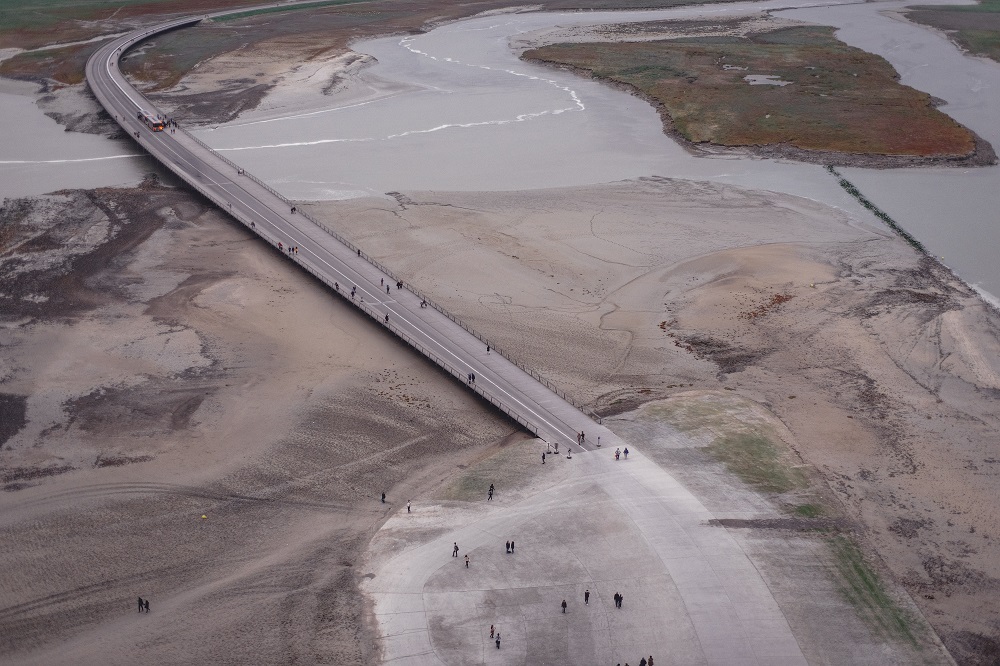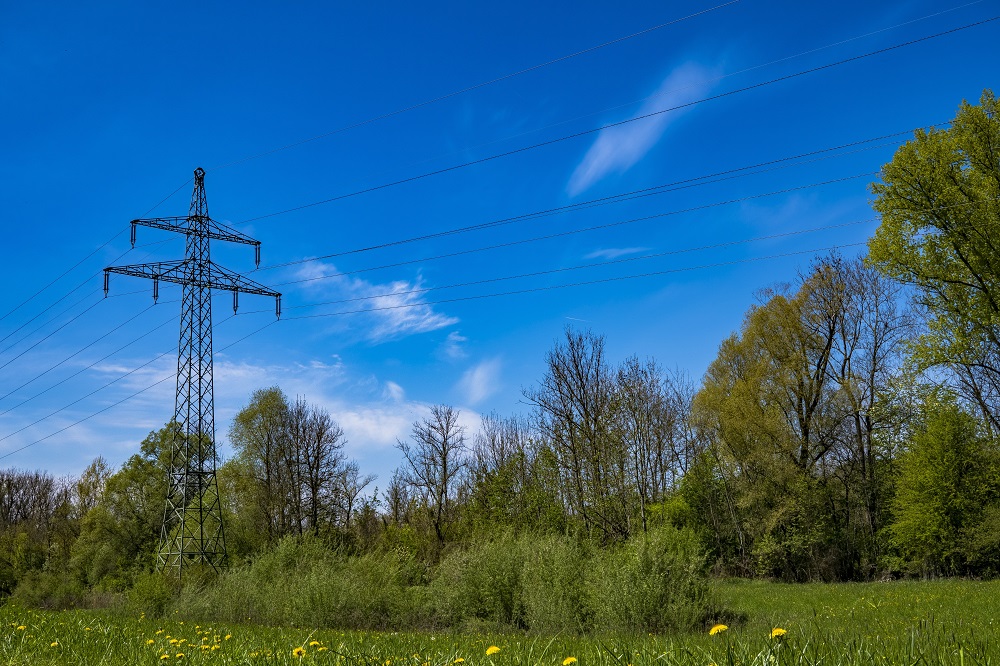
Investing in land has long been considered a solid and tangible investment strategy. Unlike stocks and bonds, land is a physical asset that holds intrinsic value and can provide a wide range of opportunities for investors. However, like any investment, it comes with its own set of strategies and risks that should be carefully considered before jumping in. In this article, we will explore the various strategies for investing in land and examine the associated risks.
Why Invest in Land?
Before delving into strategies and risks, let’s first understand why investing in land can be an attractive option. Land is a finite resource, and its value tends to appreciate over time due to population growth, urbanization, and the development of infrastructure. Here are some compelling reasons to consider land as an investment:
- Tangible Asset: Land is a tangible, physical asset that can’t disappear or go bankrupt, making it a relatively stable investment.
- Limited Supply: Land is a finite resource, and it can’t be created, which means its supply is limited. As the global population grows, the demand for land for housing, agriculture, and commercial development also increases, driving up its value.
- Diversification: Investing in land can be an excellent way to diversify your investment portfolio. It’s a different asset class than stocks, bonds, or other financial instruments.
- Income Potential: Depending on how you use the land, you can generate rental income (e.g., leasing farmland or commercial properties) or capital gains (through appreciation in land value).
- Hedge Against Inflation: Land is often considered a hedge against inflation, as its value tends to increase over time. When inflation rises, the price of land typically follows suit.
- Long-Term Investment: Land investments are often best suited for long-term investors. Holding onto land for an extended period can yield significant returns.
Now that we’ve established the reasons for considering land as an investment, let’s explore some strategies and the associated risks.
Strategies for Investing in Land
- Buy and Hold: The buy and hold strategy involves purchasing land with the intention of holding it for an extended period, usually many years or even decades. This strategy relies on the appreciation of the land’s value over time. Investors may choose to hold onto the land for various reasons, such as waiting for the right time to develop it, benefiting from long-term appreciation, or using it for a specific purpose in the future.Pros:
- Potential for significant long-term capital appreciation.
- Diversification and stable asset in a portfolio.
- Requires patience and a long-term investment horizon.
- Property taxes, maintenance costs, and opportunity costs can erode returns over time.
- Agricultural Land: Investing in agricultural land involves buying land for farming or leasing it to agricultural operators. This strategy can provide rental income through crop production or livestock farming. Agricultural land investments can offer steady cash flows and potentially benefit from rising food demand and increasing land values.Pros:
- Stable rental income from farming operations.
- Possibility of benefiting from the growing global demand for food.
- Vulnerable to weather-related risks and changes in commodity prices.
- Market fluctuations can affect land values.
- Development: Investors can purchase land with the intention of developing it into residential, commercial, or industrial properties. This strategy requires careful market research, knowledge of local zoning regulations, and a willingness to manage the development process. While development can yield substantial profits, it also comes with higher risks and substantial upfront costs.Pros:
- Potential for significant capital gains through property development.
- Opportunity to create a diverse portfolio of real estate assets.
- Requires substantial upfront capital and expertise.
- Market conditions, construction delays, and regulatory hurdles can pose challenges.
- Vacant Land Speculation: Vacant land speculation involves purchasing undeveloped land with the expectation that its value will increase in the future due to factors like infrastructure development or urban expansion. Investors aim to buy low and sell high, relying on market timing and potential rezoning or development plans.Pros:
- Opportunity for short to medium-term capital gains.
- Minimal ongoing costs compared to developed properties.
- Speculative in nature and highly dependent on market dynamics.
- Risk of holding a non-income producing asset with no guarantee of future appreciation.
- Land Banking: Land banking is a strategy where investors acquire land in anticipation of future demand, often located in areas with strong growth potential. They may hold the land until it becomes attractive to developers or other buyers, then sell it at a profit. This strategy involves a long-term perspective and typically requires substantial financial resources.Pros:
- Potential for significant gains when the land appreciates in value.
- Diversification and potential hedge against inflation.
- Requires patience and substantial upfront investment.
- Market conditions can change, impacting future demand and land values.
Risks Associated with Land Investments
While investing in land can offer numerous benefits, it’s essential to recognize and mitigate the associated risks. Here are some of the key risks to consider when investing in land:
- Market Risk: Land values can be influenced by various market factors, including economic conditions, interest rates, and local demand. Economic downturns can lead to decreased demand for land and lower property values.
- Regulatory and Zoning Risk: Changes in local zoning regulations, land use restrictions, or environmental regulations can significantly impact the development potential and value of land. It’s crucial to conduct thorough due diligence and consult with local authorities to understand these risks.
- Infrastructure Risk: The availability and development of infrastructure, such as roads, utilities, and public services, can affect the value and potential use of land. Lack of infrastructure may limit the land’s utility and attractiveness to buyers.
- Environmental Risk: Environmental issues such as contamination or protected species can limit land use and require costly cleanup or mitigation efforts. Environmental assessments and due diligence are essential to identify and address these risks.
- Liquidity Risk: Land is generally considered a less liquid asset than stocks or bonds. Selling land can take time, and finding a buyer willing to pay the desired price may not be immediate. This lack of liquidity can be a disadvantage for investors in need of quick access to cash.
- Operational Risk (Agricultural Land): If you invest in agricultural land, you may face operational risks related to farming, such as crop failures, disease outbreaks, or changing market conditions. These can affect your rental income and overall returns.
- Development and Construction Risk: Land development projects are subject to construction delays, cost overruns, and unexpected obstacles. Delays can lead to higher carrying costs and lower profit margins.
- Speculative Risk (Vacant Land Speculation): Speculative land investments rely on predicting future market dynamics. If those predictions don’t materialize, investors could face losses or stagnant returns.
- Financial Risk: Investing in land often requires significant upfront capital, and this can be a financial risk if you overextend yourself or are unable to secure the necessary financing.
- Taxation and Holding Costs: Owning land comes with property taxes, maintenance costs, and potentially other holding expenses. These costs can erode returns, especially if the land remains undeveloped or unproductive.
Mitigating Risks and Making Informed Decisions
To reduce the risks associated with land investments, consider the following strategies and practices:
- Thorough Due Diligence: Conduct extensive research and due diligence before making any land investment. This includes investigating the local real estate market, understanding zoning regulations, checking for environmental issues, and assessing the potential for infrastructure development.
- Consult Local Experts: Engage with local real estate professionals, such as real estate agents, attorneys, and land appraisers, who have in-depth knowledge of the area and can provide valuable insights.
- Diversification: Consider diversifying your land investments across different regions and types of land (e.g., agricultural, residential, commercial). Diversification can help spread risk.
- Risk Assessment: Evaluate the risk profile of your investment strategy. Some strategies, like vacant land speculation, carry more inherent risk than others, such as agricultural land investments.
- Plan for the Long Term: Land investments are typically long-term endeavors. Be prepared for the possibility of holding onto the land for an extended period to realize its full potential.
- Professional Advice: Consult with financial advisors and tax professionals to understand the tax implications of your land investments and to ensure they align with your overall financial goals.
- Consider Financing Options: Explore financing options that align with your financial situation. Financing can help reduce the initial capital required for land investments.
- Stay Informed: Stay updated on local market conditions, economic trends, and changes in regulations that could impact your land investments. Adapt your strategy as needed.
In conclusion, land can be a compelling investment option due to its tangible nature, limited supply, and potential for long-term appreciation. Various strategies, such as buy and hold, agricultural land, development, vacant land speculation, and land banking, offer different avenues for investing in land. However, land investments come with their own set of risks, including market, regulatory, infrastructure, and environmental risks, among others.
Successful land investing requires careful research, risk mitigation, and a long-term perspective. By understanding the strategies and risks associated with land investments, investors can make informed decisions that align with their financial goals and risk tolerance. Ultimately, land can be a valuable addition to a diversified investment portfolio when approached with a well-thought-out strategy and a keen awareness of potential challenges.
Generated by ChatGPT








